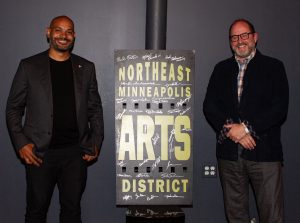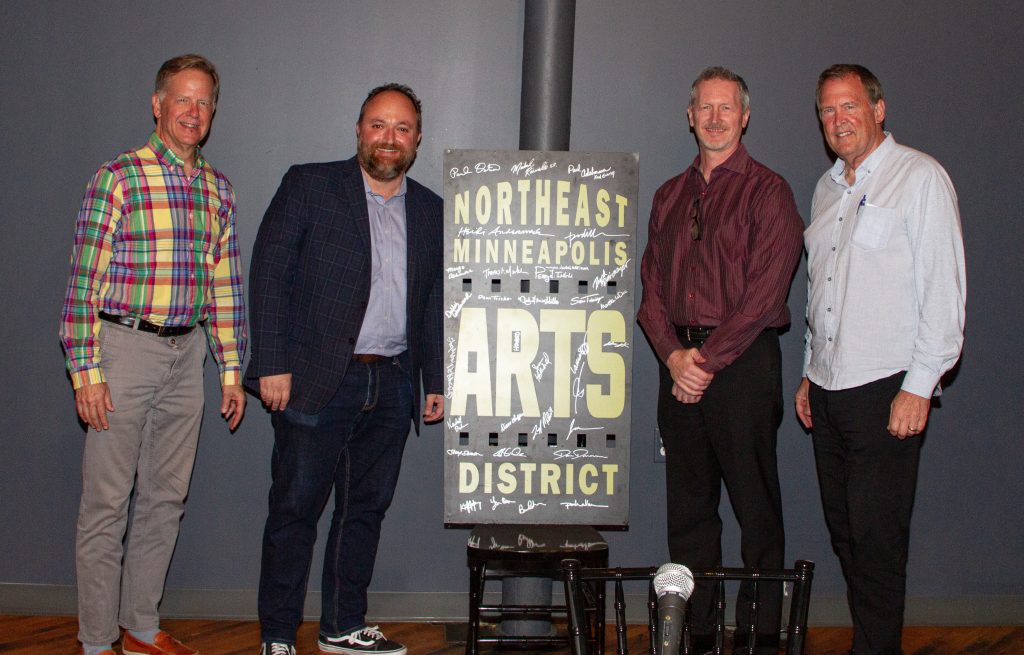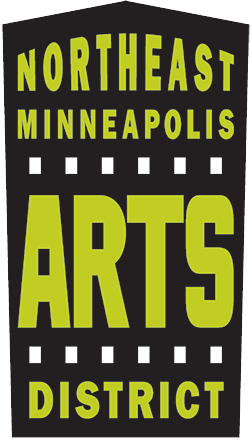
The Arts District forum held on October 18 was an excellent civic exercise for the arts community. The major candidates from Ward 1 and 3 participated. The discourse was cordial and meaningful. While there were many statements made about how all the candidates love and support the arts, this forum was meant to tease out the nuances of the candidates’ positions and how they see and want to engage with the arts community they want to serve in Northeast.
It was clear that some candidates have a strong grasp of the needs and challenges of the arts district’s relevancy to the community. Some had a more citywide approach and did not necessarily express that the potential collaboration with the established arts organizations would be a way to leverage their own agendas. By the time people read this, many will have voted and the results may even be known.

The issue for the Arts District is that there has never been as strong a historical center or organized concentration of 1200 artists in Minneapolis as the Northeast Minneapolis Arts District, and we think preserving it is a service to the city that created it.
The Northeast arts organizations have worked to clarify and express the artists’ needs and wants to help city officials plan better throughout the city. Northeast Minneapolis Arts Association, Art to Change the World, NE Sculpture | Gallery Factory, Studio 400 and its offshoots, the Ritz Theater, 18 art buildings and the Northeast Minneapolis Arts District have created numerous tools for the city officials to access, allowing leverage for the greater good of each ward and the city as a whole.
A city council member who does not understand this could miss out on opportunities and make uninformed choices causing unintended setbacks and never realize it until it is too late.
The study done through Center for Urban and Regional Affairs at the University of Minnesota, by graduate student Kenneth Niemeyer, was hot off the press and distributed to all who were able to come to the forum. All the candidates were given links to the study, “The Industrial Land Use and Zoning Report in the Northeast Minneapolis Arts District,” a couple days before the event for them to read. This report found that industrial land use in the Northeast Minneapolis Arts District has decreased since 1984, from 24% of all land use in the Arts District to 11% in 2016.
Industrial land use in the Arts District was found to have a slower estimated total value growth rate than other land uses, especially when accounting for industrial land that changed use between 1984 and 2016. Slower estimated value growth rates could be an incentive for developers to buy industrial land with the intent of developing it for nonindustrial uses. This was the reason for the study in the first place, to clarify what we believed was happening and to what extent there is a threat to the future growth of the city designated arts district.
It is alarming how much maker space is actually disappearing citywide. If trends continue of rezoning industrial space for housing it will take away the opportunities available to the city of Minneapolis for higher paying jobs, entrepreneurship and the crafting of future identity of the city. Housing is not what creates identity, though it is a necessity and is imperative for a healthy city. Thoughtful use of resources is intensely needed in a timely manner. It is a priority to create a holistic approach to city life. With only 3% of land in the entire city left as industrial, it is imperative that what little is left is harnessed to its best possible outcome for the health of the entire city. We hope whoever is elected is willing to work with the Northeast Minneapolis Arts District to help achieve better results for everyone.
The big takeaway for the audience is that we need to understand who believes in what the Northeast Minneapolis Arts District community has to offer the city and how they can fully engage with our community for the benefit of all involved. While there are some big issues the city is grappling with issues of police and housing, those two issues have proven divisive and will be in need of healing people’s feelings, pride and egos to be able to move forward.
The arts have proven all around the world they are one of the best healing mechanisms any community can have. Whoever is elected must tap in and effectively engage instead of seeing the arts as ancillary to the office. We’re here to collaborate; use us.
by Josh Blanc

